


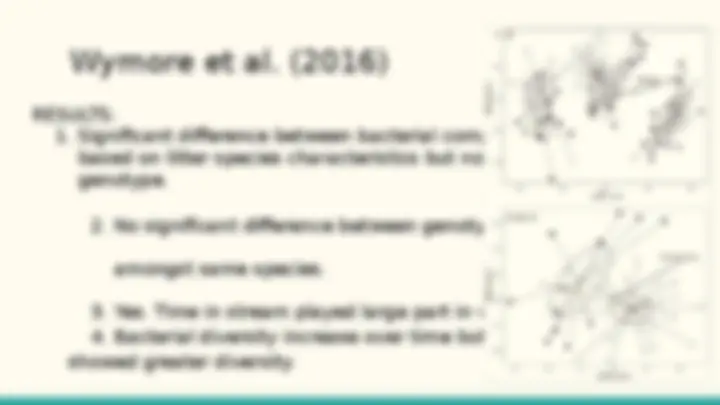


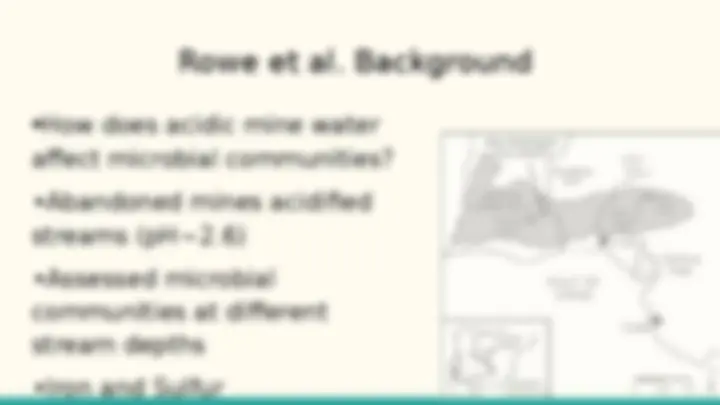
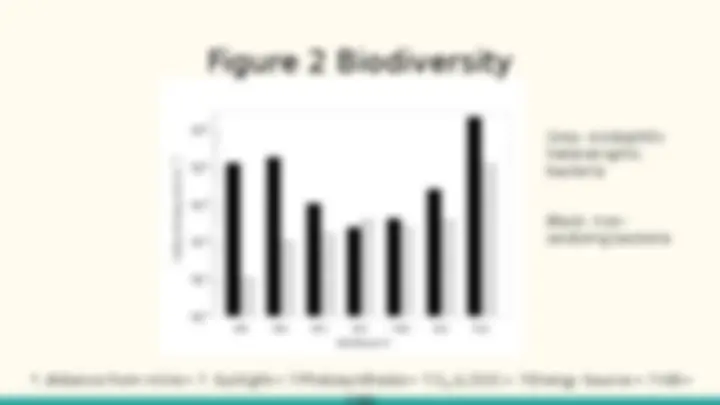
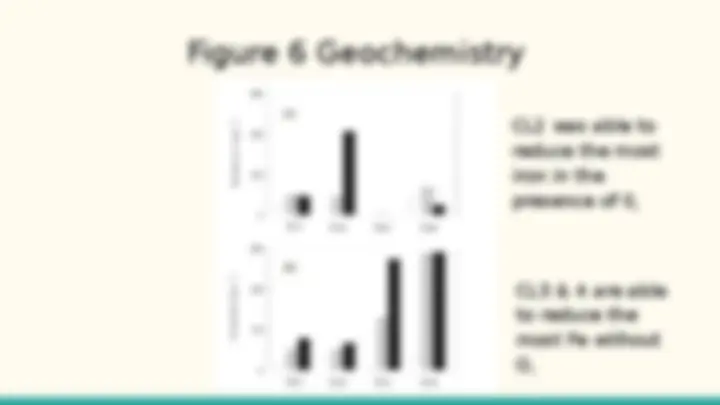
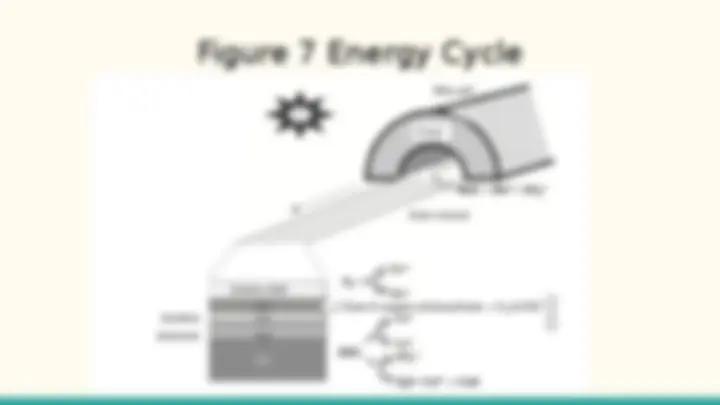






















Study with the several resources on Docsity

Earn points by helping other students or get them with a premium plan


Prepare for your exams
Study with the several resources on Docsity

Earn points to download
Earn points by helping other students or get them with a premium plan
Community
Ask the community for help and clear up your study doubts
Discover the best universities in your country according to Docsity users
Free resources
Download our free guides on studying techniques, anxiety management strategies, and thesis advice from Docsity tutors
The microbial community of a stream, freshwater
Typology: Lecture notes
1 / 37

This page cannot be seen from the preview
Don't miss anything!






























Review ● (^) Microbes= Bacteria + Fungi ● (^) Decomposers ● (^) Respire CO ● (^) Obtain nutrients from leaves and water column. ● (^) Microbes assimilate more nutrients from fast-decomposing leaves. ● (^) Nutritious for macroinvertebrates eating leaf litter colonized by microbes
Wymore et al. (2016) METHODS: ● (^) Replicated genotypes of P. fremontii and P. angustifolia ● (^) Concentrations of tannins, lignins, lignin/N ratios determined ● (^) Litter bags; removed at 6, 14 and 28 days ● (^) 16S rRNA analysis used to determine species abundance ● (^) Non metric multidimensional scaling
Wymore et al. (2016) RESULTS:
What we found in our articles - Wymore et al. (2013) ● (^) rRNA gene abundance ● (^) Bacteria= 16S rRNA gene abundance ● (^) Fungi= 18S rRNA gene abundance ● (^) HYPOTHESES: Litter Type rRNA gene abundance Defensive Cmpds Overall abundance P. fremontii 16S^ ↓ Bacteria P. angustifolia 18S^ ↑ Fungi
Wymore et al. (2013) Cont’d RESULTS: ● (^) Fig. ○ (^) Supports hypothesis ○ (^) Bacterial 16S rRNA 4x more abundant on P. fremontii ○ Fungal 18S rRNA 8x more abundant on P. angustifolia
Rowe et al. Background
Rowe et al. Findings
Figure 2 Biodiversity ↑ distance from mine→ ↑ Sunlight→ ↑Photosynthesis→ ↑O 2 & DOC→ ↑Energy Source→ ↑HB→ Grey- Acidophilic heterotrophic bacteria Black- Iron- oxidizing bacteria
Figure 6 Geochemistry CL2 was able to reduce the most iron in the presence of 0 2 CL3 & 4 are able to reduce the most Fe without O 2
Summary
Cheever et al. (2013) ● (^) N assimilated from leaf vs N immobilized from water column by microbes ● (^) 5 Appalachian streams ranging in N concentrations Takeaways: ○ (^) Rapid decomposition with increased N availability ○ (^) Microbes initially acquire N from leaf litter ○ (^) Later in decomposition, microbes rely more on N in streamwater for microbial growth ○ (^) Predominant source of N for microbes is streamwater, even in streams with low N conc.
Pastor et al. (2014) - Hypothesis
Pastor et al. (2014) - Hypothesis ● (^) Microbes growing on litter with a higher content of recalcitrant compounds would show a relatively greater reliance on C and N from streamwater than those growing on leaves with a lower content of recalcitrant compounds ○ (^) Because recalcitrant compounds are a less-accessible resource for heterotrophic microbes